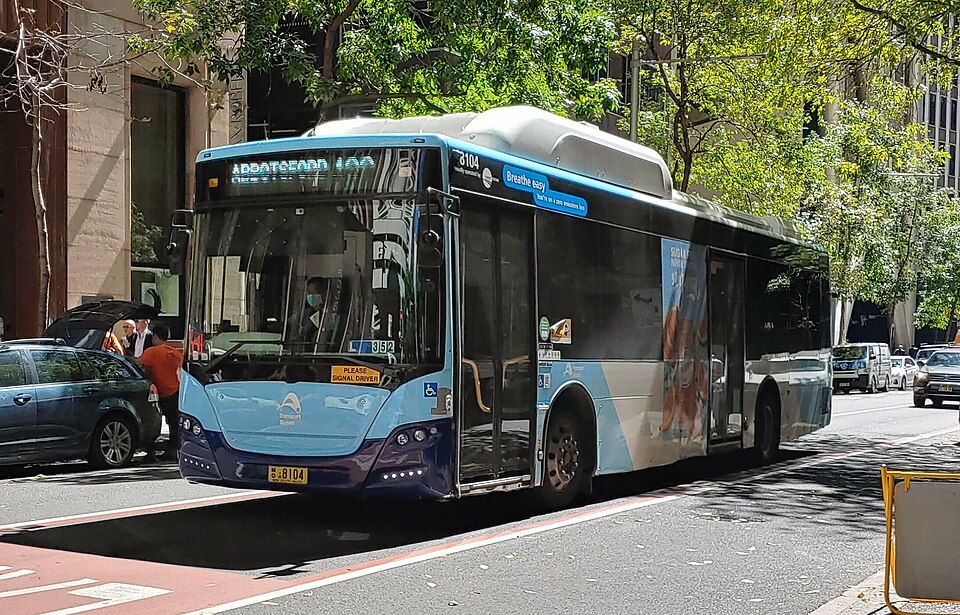Any flourishing town depends on a strong and effective transportation system. Roads, bridges, public transportation, and bicycle infrastructure are all examples of well-planned systems that support economic growth, foster human connections, and improve people’s quality of life in general. However, transportation infrastructure can easily become overburdened, insufficient, or out of date as economies change, populations increase, and technology develops. Therefore, it is essential to regularly and thoroughly examine the needs for transportation infrastructure.
This article outlines the key steps involved in effectively assessing your transportation infrastructure including bus stop bus, ensuring your community’s mobility needs are met now and in the future.
1. Define the Scope and Objectives:
Before diving into data collection and analysis, it’s essential to establish a clear understanding of the assessment’s scope and objectives. Ask yourself:
- What geographic area is being assessed? (City, county, region, specific corridor?)
- What modes of transportation are included? (Roads, public transit, rail, cycling, pedestrian infrastructure?)
- What are the specific goals of the assessment? (Reduce congestion, improve safety, enhance accessibility, promote economic development, reduce emissions?)
- What is the time horizon for the assessment? (Short-term, medium-term, long-term?)
- By clearly defining the parameters, you can ensure the assessment remains focused and delivers relevant, actionable insights.
2. Gather and Analyze Existing Data:
The foundation of any successful assessment lies in a thorough understanding of the existing transportation landscape.
- Traffic Volumes and Patterns: Collect data on traffic counts, peak hour volumes, travel times, and origin-destination patterns. This can be sourced from traffic monitoring systems, GPS data, and traffic surveys.
- Infrastructure Condition: Assess the physical condition of roads, bridges, and other infrastructure elements through visual inspections, pavement testing, and bridge inspections.
- Safety Data: Analyze accident statistics, identify high-crash locations, and assess pedestrian and cyclist safety.
- Public Transit Ridership and Performance: Evaluate ridership trends, service frequencies, on-time performance, and accessibility of public transit systems.
- Demographic and Economic Data: Analyze population growth patterns, employment trends, income levels, and other demographic and economic factors that influence travel demand.
- Land Use Plans and Development Projections: Consider planned developments, zoning regulations, and land use patterns to anticipate future transportation needs.
- This data provides a baseline understanding of the existing transportation system and highlights areas where improvements are needed.
3. Identify Existing Deficiencies and Challenges:
With a comprehensive dataset in hand, the next step is to identify existing deficiencies and challenges within the transportation network. This involves:
- Analyzing congestion hotspots: Pinpoint areas where traffic congestion is excessive and significantly impacting travel times.
- Evaluating infrastructure capacity: Determine whether existing infrastructure can adequately handle current and projected traffic volumes.
- Assessing safety risks: Identify locations with high accident rates or inadequate pedestrian and cyclist safety measures.
- Analyzing accessibility barriers: Evaluate the accessibility of transportation systems for individuals with disabilities, low-income communities, and other vulnerable populations.
- Identifying maintenance needs: Prioritize infrastructure projects based on their condition and potential for deterioration.
By identifying these weaknesses, you can focus your efforts on addressing the most pressing transportation needs.
4. Forecast Future Transportation Demand:
Understanding future travel patterns is critical for planning long-term infrastructure improvements. This involves:
- Developing travel demand models: Use sophisticated models to forecast future traffic volumes, public transit ridership, and other travel patterns based on projected population growth, economic development, and land use changes.
- Considering alternative transportation modes: Account for the potential impact of emerging transportation technologies, such as autonomous vehicles, electric vehicles, and shared mobility services.
- Accurate demand forecasting will help ensure that future infrastructure investments are aligned with the community’s evolving transportation needs.
5. Develop and Evaluate Potential Solutions:
Once you have a clear understanding of existing deficiencies and future needs, the next step is to develop and evaluate potential solutions. This involves:
- Brainstorming a range of options: Consider a variety of solutions, including infrastructure improvements (e.g., widening roads, building new bridges, expanding public transit systems), transportation demand management strategies (e.g., promoting carpooling, telecommuting, and flexible work arrangements), and technology-based solutions (e.g., intelligent traffic management systems, real-time transit information).
- Evaluating the costs and benefits of each option: Conduct a cost-benefit analysis to assess the economic, social, and environmental impacts of each potential solution.
- Considering stakeholder input: Engage with residents, businesses, and other stakeholders to gather feedback on proposed solutions and ensure that their needs and concerns are addressed.
This evaluation should result in a prioritized list of solutions that are both effective and feasible.
6. Prioritize and Implement Recommendations:
The final step is to prioritize the recommended solutions and develop an implementation plan. This process involves:
- Establishing clear priorities: Based on the evaluation of costs, benefits, and stakeholder input, prioritize the solutions that will have the greatest impact on addressing the community’s transportation needs.
- Developing a funding strategy: Identify potential funding sources for implementing the recommended solutions, such as federal grants, state funding, local taxes, and private investment.
- Creating an implementation timeline: Develop a realistic timeline for implementing the recommended solutions, taking into account the complexity of the projects and the availability of funding.
- Establishing performance metrics: Define specific metrics to measure the success of the implemented solutions and track progress towards achieving the established goals.
Assessing transportation infrastructure needs is an ongoing process that requires a commitment to data-driven decision-making, stakeholder engagement, and long-term planning. By following these steps, communities can ensure their transportation networks meet the evolving needs of residents, businesses, and visitors, fostering economic growth, enhancing quality of life, creating nefficient bus stop bus bus and creating a more sustainable future. A proactive approach to transportation infrastructure assessment is not just about addressing current problems; it’s about building a foundation for a thriving and mobile future.
